Current WCU CNM Facilities
WCU Department of Physics and Engineering
Advanced Materials Characterization Lab (AMCL): Managed by Dr. Brandon Mitchell
The AMCL is located in Merion (114) and has two main capabilities:
1. Low-Temperature Optical Spectroscopy
This instrumentation includes: A Coherent Innova I-90 argon laser and a Kimmon Koha 325nm He-Cd laser to optically excite samples. Two Ocean Optics spectrometers and a fan-cooled Princeton Instruments Pixis CCD for luminescence collection and detection. Various optics and a fiber-based microscope to excite and collect emissions from samples. Optical choppers, PMTs and lock-in amplifiers can be used for temporal dynamic studies. A Montana Instruments Cryostation, which allows samples to be cooled to ~10K. This is a closed-cycle cryostat and so liquid helium will not need to be purchased to perform temperature dependent measurements.
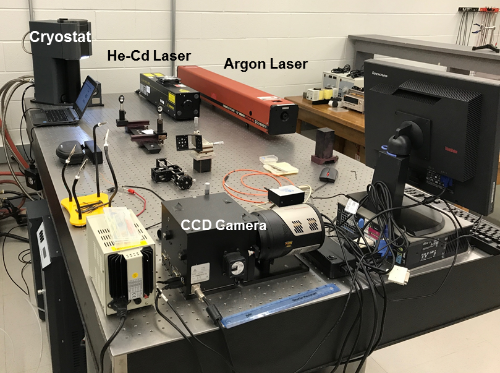
2. Surface Imaging and Characterization
Sample surfaces can be imaged and analyzed using a Zygo ZeGage™ 3D Optical Surface Profiler when micron resolution is needed and/or a Hitachi Atomic Force Microscope (General-purpose Small Unit AFM5100N) when nano-scale resolution is needed. In addition, the AFM has a software upgrade which allows for carrier transport measurements along sample surfaces.
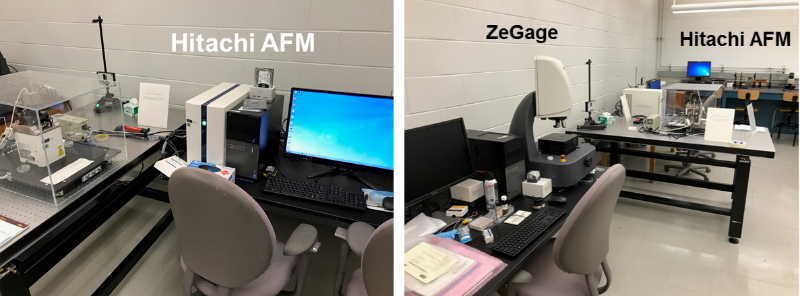
Thin Films Lab: Managed by Dr. Matthew Waite
The thin films lab is located in the Merion Science Complex, Room121. It consists of a DC magnetron sputtering system. This system uses a bell jab vacuum chamber with a diffusion pump and an Angstrom Science ONYX-2IC magnetron with an Advanced Energy MDX500 DC power supply. An MKS 247 mass flow controller allows for the injection of various gases to the sputtering gas.
Computational Materials Science (CMS) Lab: Managed by Dr. Anil Kandalam
The CMS lab is located on the 4th floor of Science Complex South. The lab contains two dual-node Linux computers (Quantum Cubes), one with 48-core AMD Opteron Abu Dhabi processors and another containing 48-core Intel Xeon Broadwell processors. Two Windows based-work stations add flexibility to the lab. The AMD Opteron based Quantum Cube consists of two nodes: master and slave, each with 2 ´ 2.6 GHz 12-core processors, 48 GB of memory and 2 ´ 2000 GB Serial ATA2 hard drives. The Intel Xeon Broadwell based Quantum Cube consists of two nodes, master and slave, each with 2 ´ 2.2 GHz 12-core processors, 96 GB of memory and 2 ´ 6000 GB Serial ATA2 hard drives.
The materials modeling software, BIOVIA Materials Studio, with Quantum Suite (includes DMol3 and CASTEP); computational chemistry software programs, Gaussian09, PQS Quantum Chemistry, and PSI3 are available on these computers for electronic structure calculations of finite and periodic systems. NAMD, a parallel molecular dynamics code designed for high-performance simulation of large biomolecular systems is also installed on both Quantum Cubes. Crystal Maker software is also available on the two Windows machines.
WCU Department of Chemistry
Quantum Chemistry Lab (QCL): Managed by Dr. Kurt Kolasinski
The QCL is located in Science Complex South, Room 212. This Lab houses a nanosecond pulsed flashlamp-pumped Nd3+:YAG laser with facilities for second and third harmonic generation. Operating with a 20 Hz repetition rate, it produces 420 mJ at 1064 nm, 160 mJ at 532 nm, and 100 mJ at 355 nm. The Lab also houses a vacuum chamber suitable for laser ablation studies and a 1 m grating spectrometer with computer-controlled data acquisition for spectroscopic measurements. Computational chemistry is facilitated by a computer with 12 cores operating at 3.02 GHz. Available software on this machine are: Spartan quantum chemistry software for electronic structure calculations, ChemBioDraw and CrystalMaker for drawing of structures and mechanisms, Igor Pro data analysis and presentation software, and other appropriate software.


Chemistry Department Spectroscopy Suite: Managed by Dr. Kurt Kolasinski
This suite is located in Sciences & Engineering Center and the Commons (SECC), and houses extensive instrumentation including: (i) A Nicolet iS50 Fourier transform infrared capable of performing diffuse reflectance (DRIFTS), attenuated total reflection (ATR) as well as transmission (FTIR) experiments. This instrument is also equipped with an iN10 IR microscope and a module for Raman spectroscopy. (ii) A Cary Bio 300 UV/Vis spectrometer equipped with diffuse reflectance as well as transmission detectors. (iii) A Cary Eclipse fluorescence/photoluminescence spectrometer with solid and liquid sample holders. (iv) A Bruker 400 MHz multinuclear Nuclear Magnetic Resonance (NMR) spectrometer. (v) Differential scanning calorimetry apparatus. Additional solid-state prep facilities include box and tube furnaces.
WCU Department of Health
Environmental Health Lab: Managed by Dr. Lorenzo Cena
The Lab is located on south campus in the Health Sciences Center (room 330) and has a simulation chamber and several instruments used for nanoparticle and nanomaterial measurement and characterization. The main focus of this lab is to study potential exposure and health effect associated with inhalation of pure nanoparticles and materials containing matrix-embedded nanoparticles.
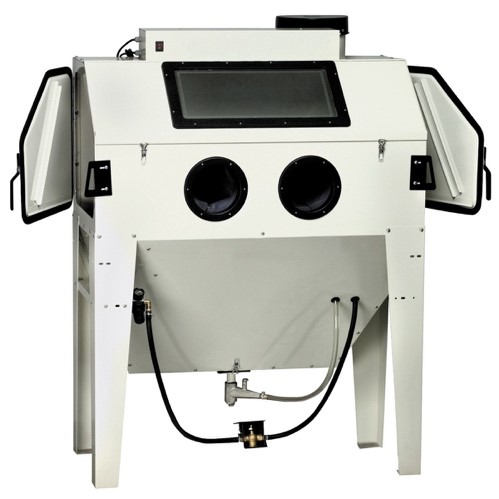
Nanomaterial Lifecycle Exposure Chamber
This chamber provides a controlled and safe environment for simulation of industrial processes and monitoring of inhalation exposures. The chamber allows a person to operate equipment in the inside using the incorporated gloves while watching through the protective glass. Filtered, clean air is provided inside the chamber and is safely exhausted through the lab’s ventilation system. All processes taking place inside the chamber are fully enclosed with no risks for operator’s exposure. An adaptable system has been developed to accommodate and simulate various processes (e.g., sanding, sawing). An electrical motor is situated outside the chamber and connected to a pulley. An automated material feeder allows test samples to be lowered and simulates cutting and finishing processes such as polishing and smoothing a material.

Scanning Mobility Particle Spectrometer
This instrument measures the size and counts the concentration of nanoparticles in the air. It is capable of differentiating particles by size, mass and surface area.
Condensation Particle Counters and Aerosol Sizers
These instruments count nanoparticles and are used for indoor air quality measurements, mobile aerosol studies, inhalation and exposure studies, and health effects studies.
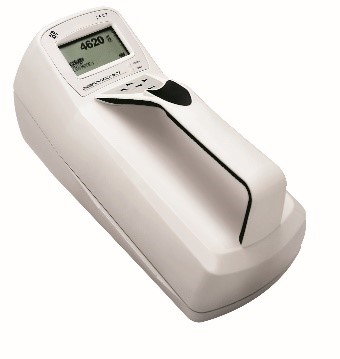
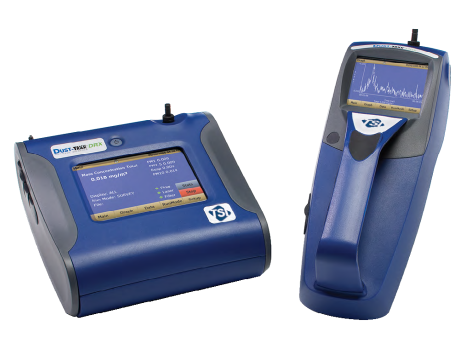
WCU Department of Biology
Following instruments are available in the research laboratory in the Department of Biology.
- Laminar air flow hood (For working under sterile conditions)
- Autoclave (Will be used for sterilizing media and glassware)
- Tecan 96-well plate reader (For reading the optical density in Ecoplates)
- Thermocycler (For PCR amplification of genes)
- Qubit® 3.0 Fluorometer (For DNA quantification)
- Illumina Miseq system (For microbial community sequencing)
- Thermo UV-Visible spectrophotometer
- Darwin environmental chamber (For incubation of microcosms under fixed temperature, humidity and light conditions)
- Beckman centrifuge
- Rotary evaporator
- Environmental shakers
- Micro centrifuge
- Gel electrophoresis system
